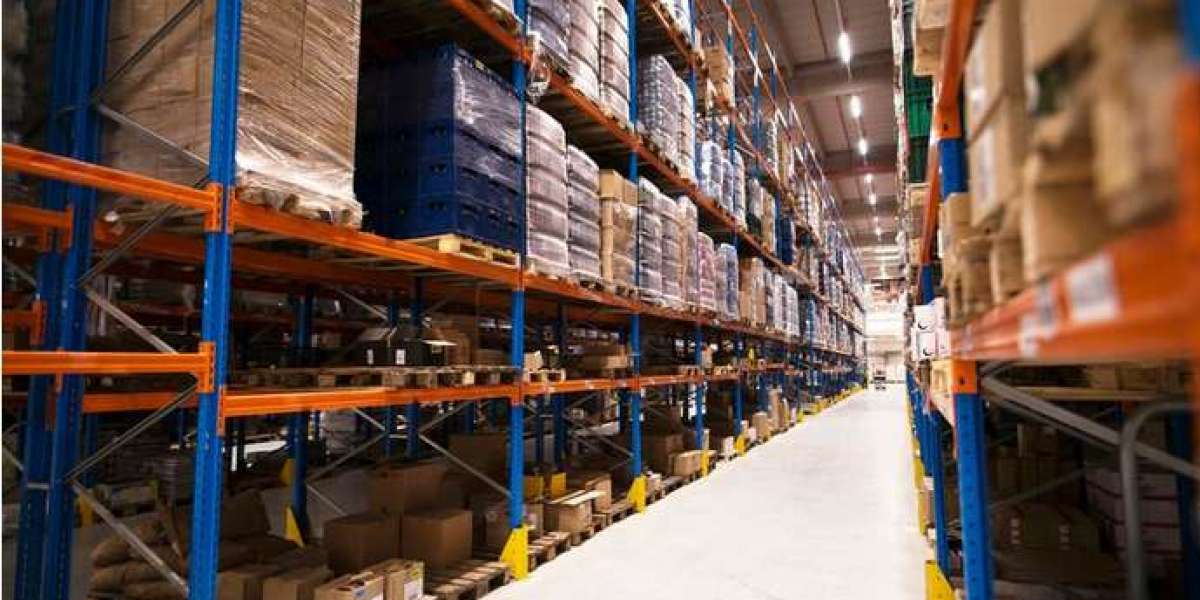Double Deep Pallet Racking has emerged as a strategic storage solution, allowing businesses to optimize warehouse space efficiently. As its popularity grows, understanding the best practices for implementing Double Deep Pallet Racking becomes crucial. This exploration delves into the intricacies of Double Deep Pallet Racking, highlighting key considerations and practices that ensure successful implementation and maximize the benefits of this storage system.
1. Comprehensive Warehouse Assessment: Laying the Foundation
Before diving into Double Deep Pallet Racking implementation, conducting a comprehensive warehouse assessment is paramount. This involves evaluating the available space, understanding the characteristics of the stored goods, and considering the flow of materials within the warehouse. A detailed analysis sets the foundation for designing a Double Deep system that aligns with the specific needs and constraints of the warehouse.
2. Compatibility with Inventory: Matching Depths with Goods
The success of Double Deep Pallet Racking hinges on its compatibility with the inventory it is designed to accommodate. Understanding the characteristics of the goods, such as size, weight, and turnover rate, is crucial. Items with a longer shelf life or lower turnover are well-suited for deeper storage positions, while fast-moving goods may benefit from shallower depths for easier accessibility. Striking the right balance ensures optimal space utilization without compromising operational efficiency.
3. Forklift Adaptability: Choosing the Right Equipment
The implementation of Double Deep Pallet Racking is closely tied to the choice of forklifts. Not all forklifts are suitable for navigating the deeper storage positions inherent in this system. Reach trucks or specialized Double Deep forklifts with extended reach capabilities are commonly employed. Ensuring that the chosen forklifts align with the design of the racking system is essential for seamless material handling and retrieval.
4. Rack Structure Durability: Building a Solid Foundation
The structural integrity of the rack is a critical consideration in Double Deep Pallet Racking implementation. The racks must be designed and constructed to withstand the additional loads and pressures associated with double-depth storage. Ensuring the durability of the rack structure not only guarantees the safety of stored goods but also contributes to the longevity and reliability of the entire storage system.
5. System Flexibility: Adapting to Changing Needs
Flexibility is a key best practice in Double Deep Pallet Racking implementation. Warehouses experience changes in inventory profiles, order volumes, and operational requirements over time. The racking system should be designed with adaptability in mind, allowing for reconfigurations or expansions without significant disruptions to ongoing operations. This flexibility ensures that the Double Deep system remains an agile solution capable of meeting evolving storage needs.
6. Training and Safety Protocols: Empowering Personnel
Implementing Double Deep Pallet Racking successfully involves training personnel on the specific nuances of this storage system. Forklift operators, warehouse staff, and maintenance personnel should be well-versed in the unique challenges and safety protocols associated with Double Deep storage. Proper training not only reduces the risk of accidents but also enhances operational efficiency by empowering personnel to navigate the depths with confidence.
7. Regular Maintenance and Inspections: Sustaining Operational Excellence
Maintaining operational excellence in Double Deep Pallet Racking requires regular maintenance and inspections. Routine checks ensure that the racks, beams, and other components remain in optimal condition. Identifying and addressing any signs of wear, damage, or misalignment promptly is essential for preventing potential disruptions to warehouse operations and preserving the longevity of the storage system.
8. Integration with Warehouse Management Systems: Enhancing Visibility
Integrating Double Deep Pallet Racking with advanced Warehouse Management Systems (WMS) enhances overall visibility and control. WMS can provide real-time data on inventory levels, order status, and storage utilization. This integration allows businesses to make informed decisions, optimize picking routes, and improve overall warehouse efficiency by leveraging the capabilities of Double Deep storage.
Conclusion: Mastering the Depths for Efficient Warehousing
Successfully implementing Double Deep Pallet Racking requires a strategic approach that encompasses warehouse assessment, inventory compatibility, forklift adaptability, rack structure durability, system flexibility, training, safety protocols, regular maintenance, and integration with Warehouse Management Systems. When executed with precision, Double Deep Pallet Racking becomes a powerful tool for businesses looking to navigate the depths of their warehouse space efficiently.
Mastering the depths with Double Deep Pallet Racking is not just about maximizing storage capacity; it's about orchestrating a harmonious balance between space utilization, operational efficiency, and adaptability. By adhering to best practices and considering the unique requirements of the warehouse, businesses can unlock the full potential of Double Deep Pallet Racking, transforming their storage spaces into efficient and dynamic hubs of activity.



